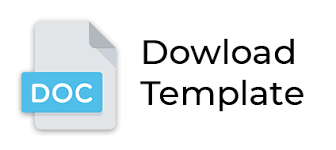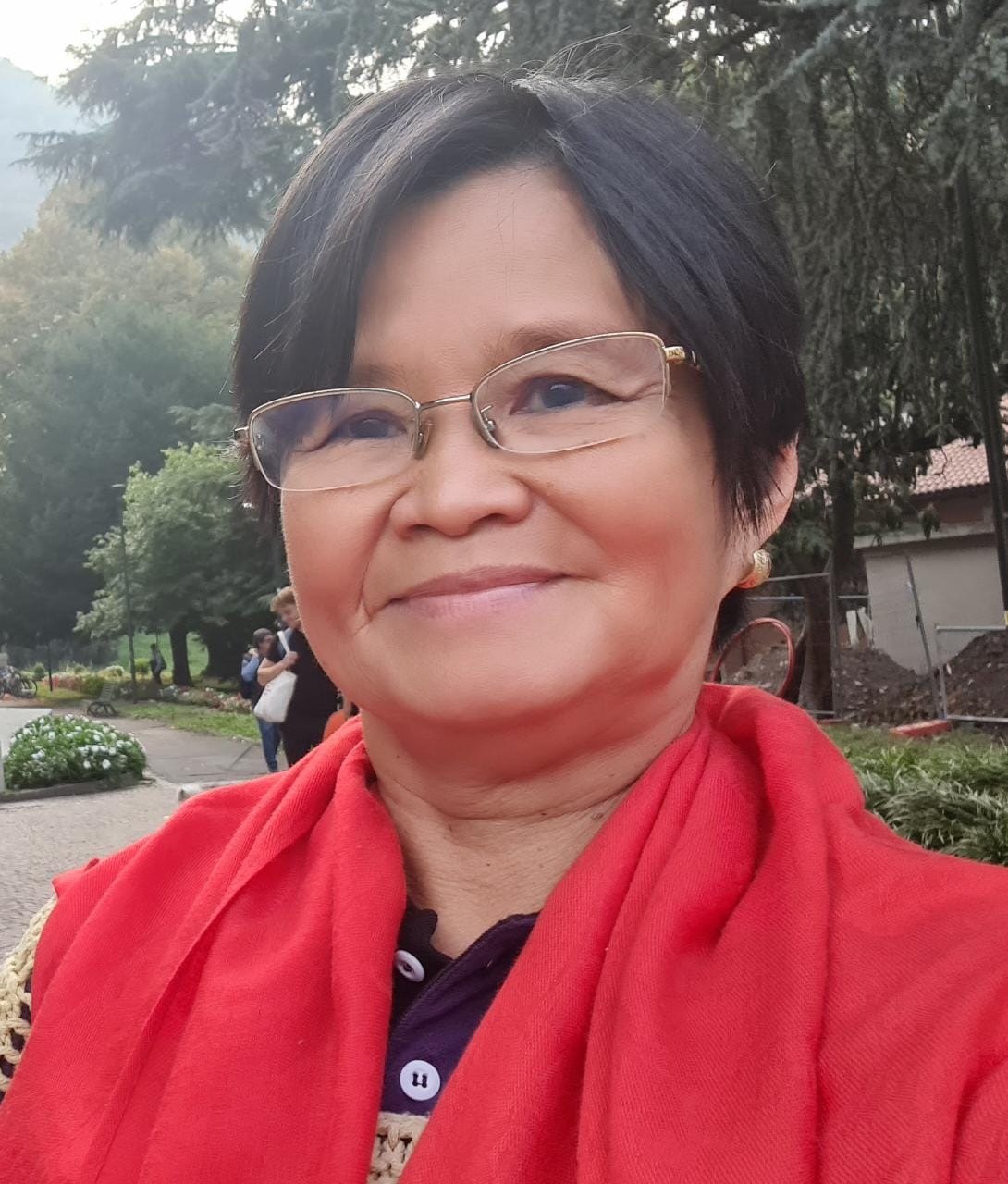The Correlation between Fasting Blood Glucose Level with Infiltrated Axillary Limph Node Rate in Infiltrating Ductal Carcinoma of the Breast
DOI:
https://doi.org/10.28932/jmh.v1i6.552Abstract
Cancer cell have been shown to extensively use glucose for proliferation, even at hypoxia environment. The consumption of glucose in a hypoxia environment induced HIF and VEGF, which play a role in cancer cell infiltration process . The objective of study is to determine the relationship between fasting blood glucose levels with the amount of infiltrated axillary lymph node in patients with infiltrating ductal carcinoma. This is an analytic observational study with cross sectional design. The data obtained were tested with chi-square test (α < 0.05). This study was conducted on 24 infiltrating ductal carcinoma patients. The results showed p value of 0.004, indicating there is a significant correlation between fasting blood glucose levels with the amount of infiltrated axillary lymph nodes. The correlation coefficient ( r) value was 0.505; indicating medium level correlation. As conclusion, there is a significant correlation between fasting blood glucose levels with the amount of infiltrated axillary lymph node in patients with infiltrating ductal carcinoma.Keywords: axillary lymph nodes, breast cancer, fasting blood glucose level, infiltrating ductal carcinomaDownloads
Download data is not yet available.
Downloads
Published
2017-08-31
How to Cite
1.
Aribowo T, Soewoto W. The Correlation between Fasting Blood Glucose Level with Infiltrated Axillary Limph Node Rate in Infiltrating Ductal Carcinoma of the Breast. J. Med. Health [Internet]. 2017Aug.31 [cited 2025Jan.18];1(6). Available from: http://224305.koshikahk.tech/index.php/jmh/article/view/552
Issue
Section
Articles
License
Authors who publish with this journal agree to the following terms:
- Authors retain the copyright and grant the journal right of first publication with the work
simultaneously licensed under a Creative Commons Attribution-NonCommercial 4.0 International License that allows others to share the work with an acknowledgement of the work's authorship and initial publication in this journal. - Authors are able to enter into separate, additional contractual arrangements for the nonexclusive distribution of the journal's published version of the work (e.g., post it to an institutional repository or publish it in a book), with an acknowledgement of its initial publication in this journal.
 This work is licensed under a Creative Commons Attribution-NonCommercial 4.0 International License.
This work is licensed under a Creative Commons Attribution-NonCommercial 4.0 International License.

















